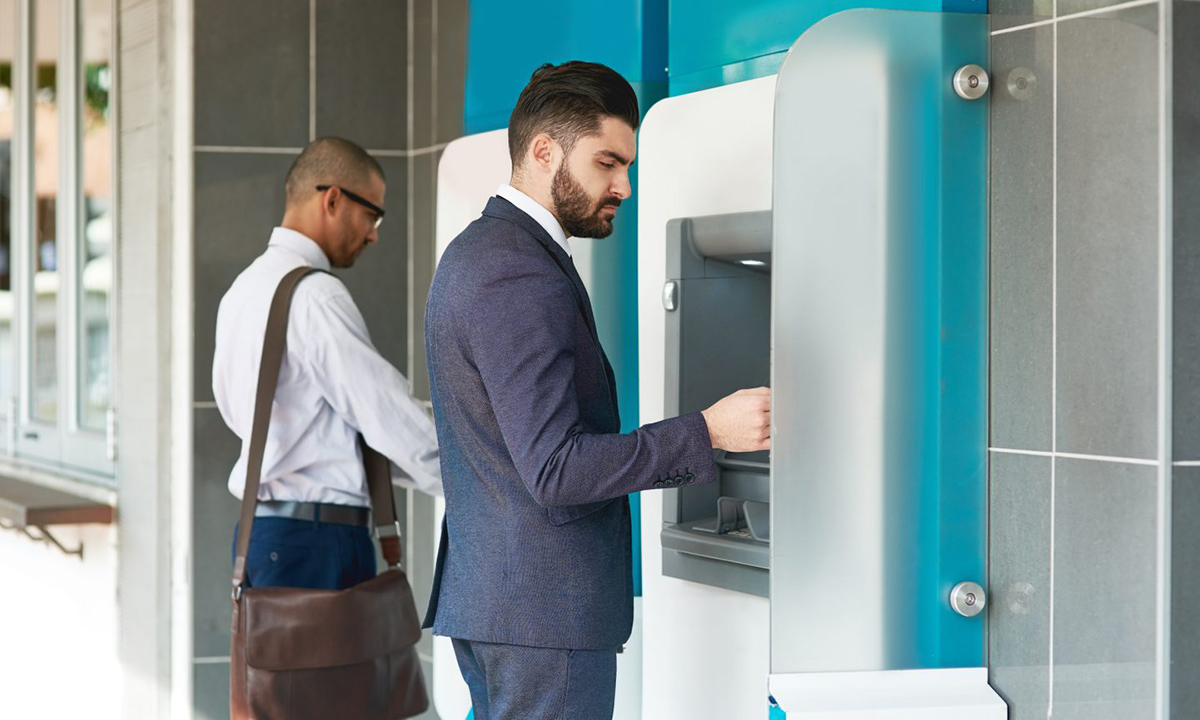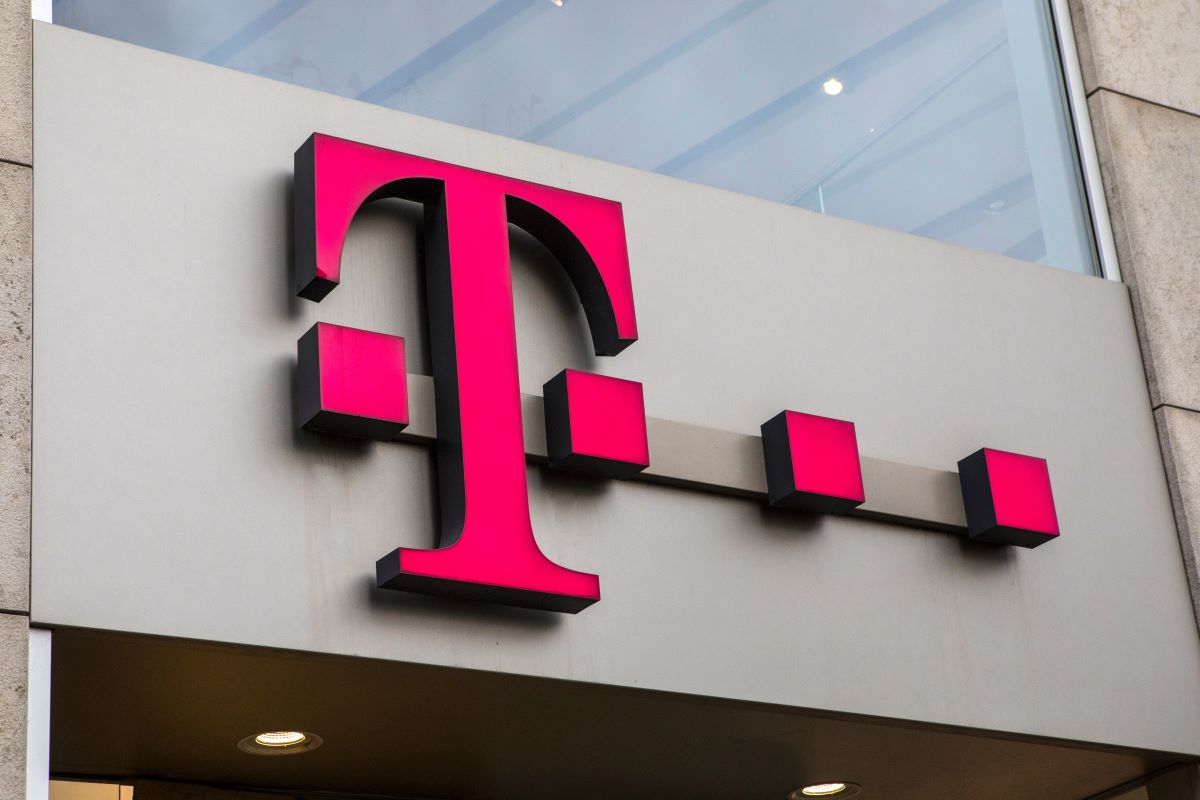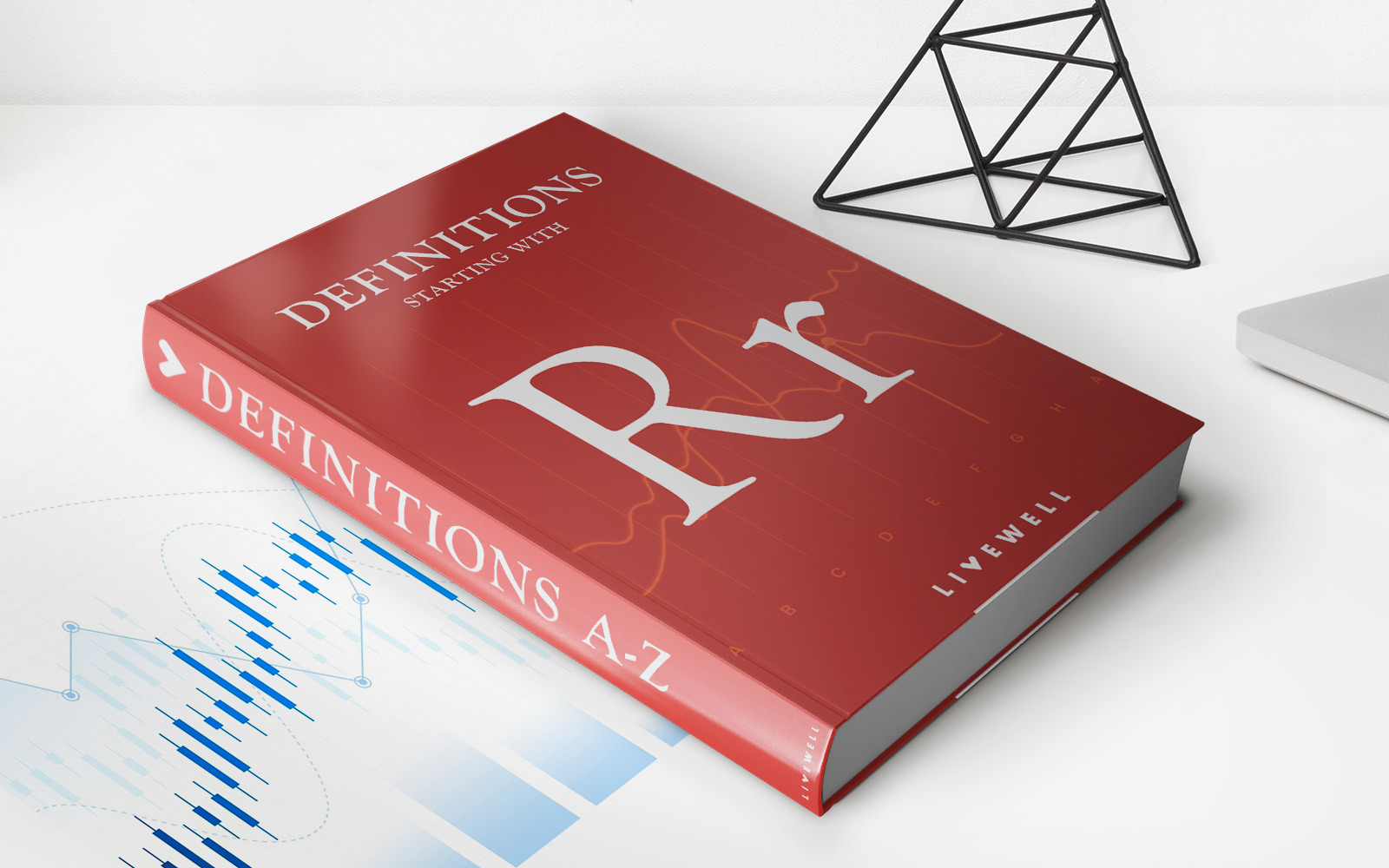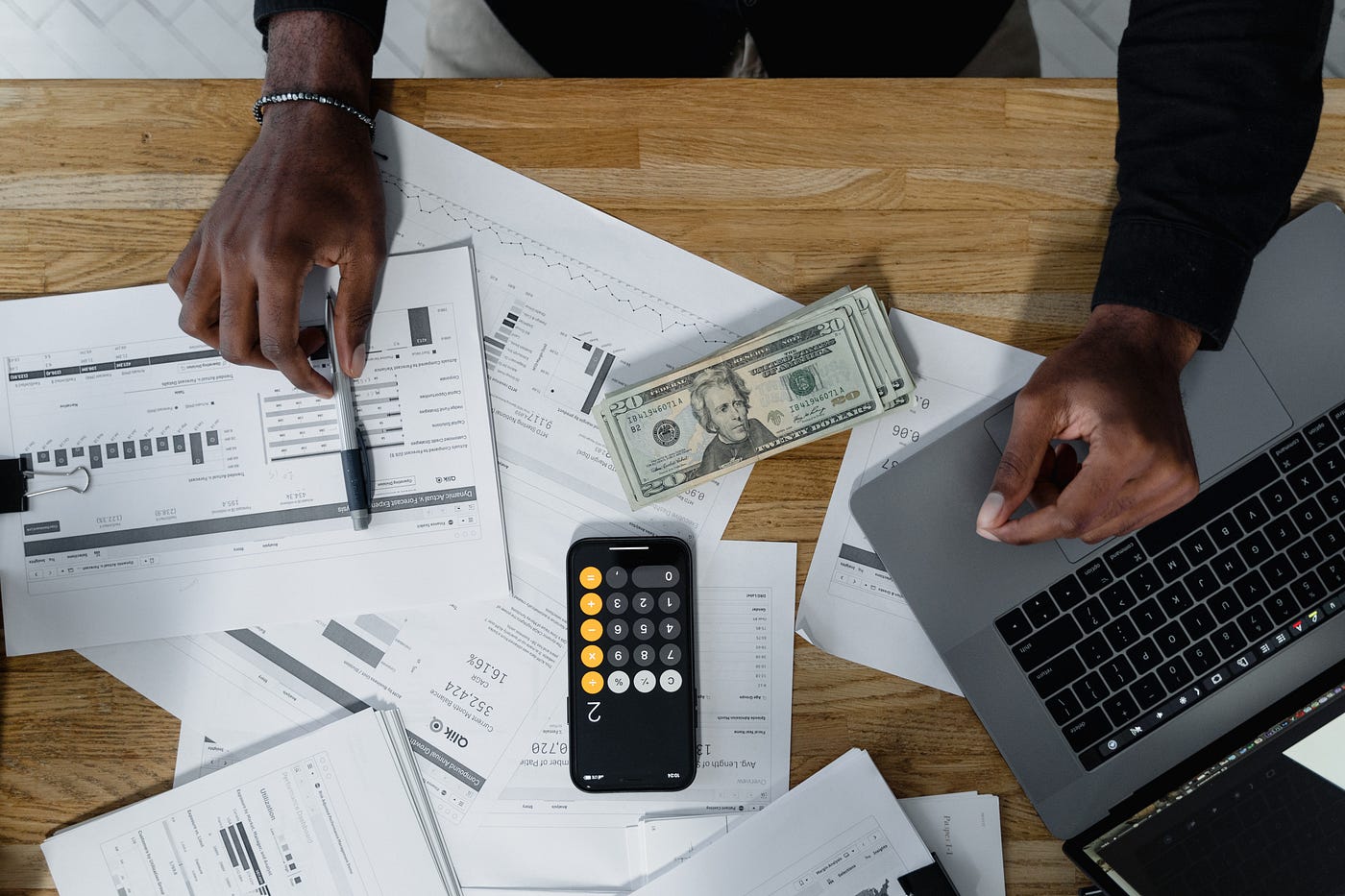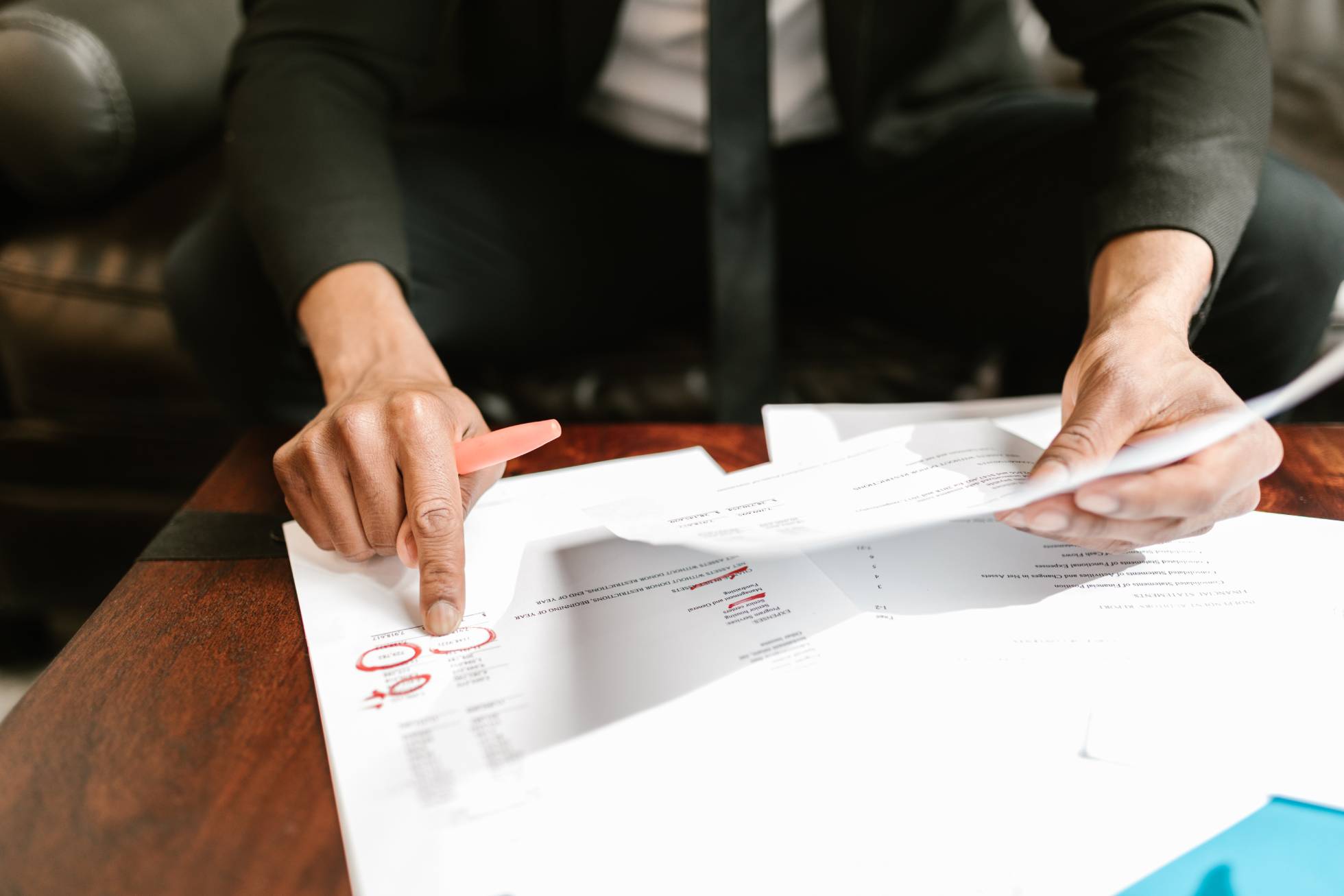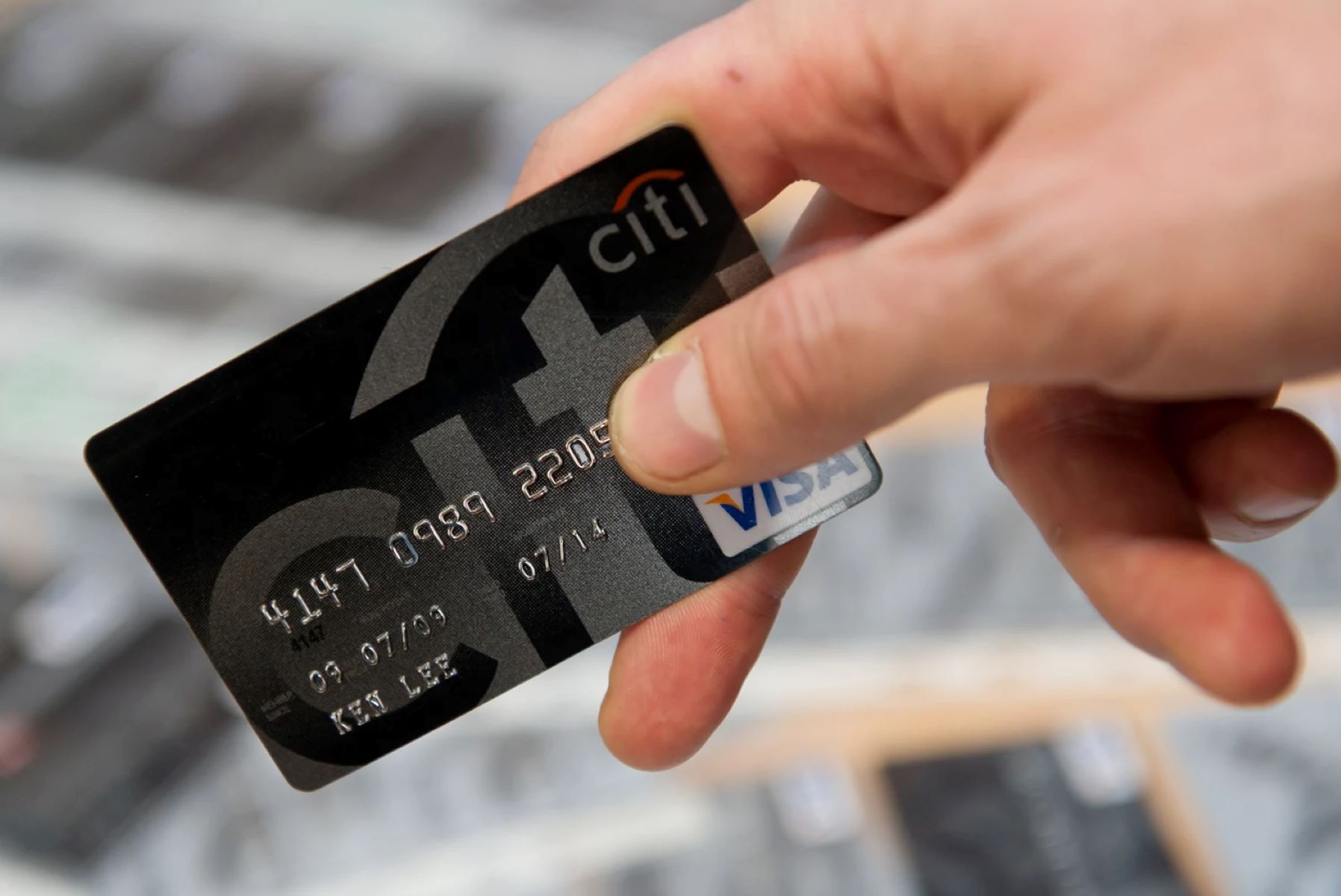

Finance
What Happens If You Use A Fake Credit Card
Published: October 25, 2023
Discover the consequences of using a fake credit card and how it can impact your financial situation. Learn about the risks and legal implications involved with fraudulent credit card use.
(Many of the links in this article redirect to a specific reviewed product. Your purchase of these products through affiliate links helps to generate commission for LiveWell, at no extra cost. Learn more)
Table of Contents
Introduction
With the rise of online shopping and digital transactions, credit cards have become an inseparable part of our daily lives. However, the convenience of credit cards also comes with risks, including the threat of fake credit cards. A fake credit card is a counterfeit or unauthorized card that is designed to deceive and defraud businesses and individuals.
In this article, we will explore what exactly constitutes a fake credit card, how people obtain them, and the implications of using such cards. We will also delve into the legal and financial consequences that individuals may face for using fake credit cards. Additionally, we’ll provide insights into how businesses can detect these illicit cards and offer tips on protecting oneself from falling victim to fake credit card scams.
Understanding the risks and consequences associated with fake credit cards is crucial for both consumers and businesses. By raising awareness about this issue, we can work towards creating a safer and more secure financial environment.
What is a fake credit card?
A fake credit card is a fraudulent or counterfeit card that resembles a legitimate credit card but does not belong to any valid account. These counterfeit cards are created by criminals with the intent to deceive businesses and individuals for financial gain.
There are several types of fake credit cards that criminals may use:
- Counterfeit Cards: These fake credit cards are created using stolen or manipulated card information, including the cardholder’s name, card number, and expiration date. Counterfeit cards often have legitimate-looking logos and holograms, making them difficult to differentiate from genuine cards.
- Embossed Cards: Embossed fake credit cards mimic the physical appearance of real cards, complete with raised numbers and letters on the surface. However, these cards lack the necessary magnetic stripe or chip required for processing transactions.
- Cloned Cards: Criminals obtain card information by skimming the magnetic stripe on legitimate credit cards. They then use this stolen data to create cloned cards that can be used to make unauthorized purchases.
- Virtual Cards: With the advancement of technology, criminals can also create virtual fake credit cards. These are digital cards that are used for online transactions, but they lack proper authorization and are linked to fabricated or stolen information.
Fake credit cards can be incredibly convincing, making it challenging for businesses and individuals to spot them without specialized tools or expertise. Understanding the different types of fake credit cards is essential for identifying potential threats and protecting against fraudulent activities.
How do people obtain fake credit cards?
The process of obtaining fake credit cards involves various illicit methods and criminal activities. Criminals employ sophisticated techniques to collect personal information and create counterfeit cards. Here are some common ways in which people obtain fake credit cards:
- Data Breaches: One of the most prevalent methods is through data breaches. Cybercriminals target businesses that store large amounts of customer data. They gain unauthorized access to sensitive information such as credit card numbers, expiration dates, and cardholder names. This stolen information is then used to create counterfeit cards.
- Skimming Devices: Another method involves the use of skimming devices. Criminals attach these devices to legitimate card readers, such as those found at ATMs or point-of-sale terminals. When unsuspecting individuals use their cards, the skimming device captures their card information, which is later used to create fake credit cards.
- Dark Web Marketplaces: The dark web is a hidden part of the internet where illegal activities take place. Criminals sell stolen credit card information, including complete card details, on dark web marketplaces. These black market transactions provide easy access to personal data that can be used to create counterfeit credit cards.
- Insider Fraud: Sometimes, individuals with authorized access to credit card information may engage in fraudulent activities. Employees of financial institutions or businesses that handle sensitive customer data can misuse their access to obtain card details and sell them to criminals.
- Phishing and Social Engineering: Phishing emails or phone calls are common methods used by scammers to trick individuals into revealing their credit card information. Through carefully crafted messages, fraudsters pose as legitimate entities, such as banks or credit card companies, and trick recipients into providing their card details.
It is important to note that obtaining and using fake credit cards is illegal. Engaging in these activities can lead to severe legal consequences, including criminal charges and imprisonment.
As individuals, it is crucial to be vigilant about protecting our personal information and to be aware of potential scams and fraudulent activities. Safeguarding our credit card details by only providing them to trustworthy sources and regularly monitoring our financial statements can help prevent falling victim to these schemes.
Legal consequences of using a fake credit card
Using a fake credit card can have severe legal repercussions, as it is a criminal offense. The laws surrounding the use of counterfeit credit cards vary by jurisdiction, but in general, it is considered fraud and can lead to significant penalties. Here are some potential legal consequences individuals may face for using a fake credit card:
- Criminal Charges: Using a fake credit card is a form of identity theft and fraud. Depending on the jurisdiction, individuals caught using counterfeit cards may face criminal charges such as credit card fraud, identity theft, or forgery. These charges can carry significant penalties, including fines and imprisonment.
- Felony Offense: In many jurisdictions, the use of fake credit cards is considered a felony, which is a serious criminal offense. Felonies carry higher penalties than misdemeanors and can result in longer prison sentences, substantial fines, or both.
- Financial Restitution: If individuals have made fraudulent purchases using fake credit cards, they may be required to repay the financial losses incurred by the card issuer or the merchants. This could include reimbursing the card issuer for the unauthorized transactions or compensating businesses that suffered financial harm due to the fraudulent activity.
- Permanent Criminal Record: Being convicted of using a fake credit card can lead to a permanent criminal record. This record can have long-lasting negative effects on an individual’s personal and professional life. It can hinder employment opportunities, affect creditworthiness, and limit certain privileges.
- Damage to Credit History: Engaging in fraudulent activities with fake credit cards can have a detrimental impact on an individual’s credit history. This can result in lowered credit scores, making it challenging to obtain loans, credit cards, or favorable interest rates in the future.
It is important to note that the legal consequences of using a fake credit card can vary depending on the specific circumstances of the case and the applicable laws. The severity of the punishment may depend on factors such as the amount of financial loss, previous criminal history, and the jurisdiction in which the offense occurred.
To protect oneself from legal consequences, it is crucial to always use legitimate and authorized payment methods. If individuals suspect they have received a fake credit card or have unknowingly used one, they should contact their local law enforcement and follow their guidance.
Financial consequences of using a fake credit card
Using a fake credit card can have significant financial consequences for both individuals and businesses. The repercussions of fraudulent transactions can lead to financial losses and impact credit scores. Here are some of the financial consequences that individuals may face for using a fake credit card:
- Unauthorized Charges: If individuals use a fake credit card to make purchases, those transactions are considered unauthorized and fraudulent. The card issuer or the merchant may hold the individual responsible for the charges made, resulting in financial loss for the individual.
- Reversal of Charges: When fraudulent transactions are discovered, the card issuer may reverse the charges made using the fake credit card. This means that individuals may be held liable for repaying the amounts spent on those transactions, even if they were unaware of the card’s fraudulent nature.
- Negative Impact on Credit Scores: Engaging in fraudulent activities with a fake credit card can harm an individual’s credit score. Any unpaid charges or debts resulting from fraudulent transactions can be reported to credit bureaus, leading to a lower credit rating. A lower credit score can make it difficult to access credit in the future or result in higher interest rates on loans.
- Loss of Merchandise or Services: If individuals use fake credit cards to purchase goods or services, businesses that provided those products or services may suffer financial losses. In some cases, businesses may take legal action to recover their losses, potentially resulting in additional financial consequences for the individuals involved.
- Higher Insurance Premiums: Filing fraudulent insurance claims using fake credit cards can lead to higher insurance premiums. Insurance providers may view individuals engaged in fraudulent activities as higher-risk individuals, resulting in increased premiums for future coverage.
It is essential to note that businesses are not immune to the financial consequences of fake credit card transactions. When businesses become victims of fraudulent transactions, they not only face financial losses but may also bear the responsibility of compensating the cardholder for any unauthorized charges.
Being on the receiving end of financial consequences can be financially devastating and have long-lasting effects. Avoiding the use of fake credit cards and engaging in responsible financial practices is vital to protect one’s finances and maintain a good credit standing.
How businesses can detect fake credit cards
Protecting against fake credit cards is crucial for businesses to minimize financial losses and maintain a secure transaction environment. While identifying fake credit cards can be challenging, businesses can implement various measures to detect counterfeit or unauthorized cards. Here are some ways businesses can detect fake credit cards:
- Train Employees: Provide comprehensive training to employees on how to identify potential signs of fake credit cards. Educate them on the latest security features, including holograms, watermarks, and magnetic stripes, to help them recognize counterfeit cards.
- Invest in Verification Technology: Use card verification methods, such as chip readers or magnetic stripe readers, to authenticate credit cards. These technologies can help validate the legitimacy of the card and detect any tampering or inconsistencies.
- Check Identification: Whenever possible, request identification alongside the credit card. Verify that the name on the ID matches the name on the credit card. Be cautious if the individual seems nervous or avoids presenting proper identification.
- Confirm Signature and Comparison: Ask customers to sign their credit card receipts and compare the signature to the one on the back of the credit card. Inconsistencies in the signature or signs of tampering or alterations can be indicators of a counterfeit card.
- Check Card Expiration: Verify that the card’s expiration date has not passed. Fake credit cards may have fabricated expiration dates or expired dates, which could be a red flag.
- Monitor for Multiple Transactions: Be alert to instances where an individual attempts multiple transactions with different cards in a short period. This could suggest an attempt to use fake credit cards or engage in fraudulent activity.
- Utilize Address Verification System (AVS): AVS is a service that verifies the cardholder’s billing address. Check if the billing address provided matches the address on file with the card issuer. Inconsistent or mismatched addresses may indicate fraudulent activity.
- Stay Informed: Stay updated on the latest fraud trends and security features of credit cards. Regularly communicate with payment processors, financial institutions, and industry organizations to gain insights into new techniques used by criminals and emerging counterfeit credit card threats.
Implementing these measures can help businesses detect fake credit cards and minimize the risk of falling victim to fraudulent transactions. It is essential for businesses to prioritize security and be proactive in safeguarding their business and customers against counterfeit card usage.
Tips to protect yourself from fake credit card scams
Protecting yourself from fake credit card scams is essential to safeguard your financial well-being and personal information. Here are some tips to help you stay vigilant and avoid falling victim to fake credit card scams:
- Regularly Monitor Your Accounts: Stay vigilant by regularly reviewing your credit card statements, bank accounts, and transaction history. Look for any unauthorized or suspicious activity, such as unfamiliar charges or withdrawals, and report them promptly to your card issuer or financial institution.
- Protect Personal Information: Be cautious about sharing your credit card details, especially online or over the phone. Only provide your card information to reputable and secure websites or businesses. Be wary of unsolicited calls or emails asking for personal or financial information.
- Keep an Eye on Your Credit Report: Regularly check your credit report for any unusual or unauthorized accounts or inquiries. Monitor your credit score and address any discrepancies or discrepancies promptly with the credit reporting agencies.
- Enable Notifications: Take advantage of text or email notifications from your card issuer or financial institution. These alerts can help you stay informed about account activity, providing an early warning for suspicious transactions.
- Be Mindful of Card Skimming: Inspect card readers and ATMs for any signs of tampering, such as loose parts or unfamiliar devices attached to the machines. Shield your PIN when entering it, and if possible, use chip-enabled cards for increased security.
- Secure Your Personal Devices: Protect your mobile devices, computers, and other personal devices with strong passwords or biometric authentication. Keep your operating systems and applications up to date to ensure you have the latest security patches.
- Be Cautious of Public Wi-Fi: Avoid entering sensitive information, such as credit card details, when connected to public Wi-Fi networks. Hackers can intercept your data on unsecured networks, potentially compromising your card information.
- Use Two-Factor Authentication: Whenever available, enable two-factor authentication for your online accounts. This adds an extra layer of security by requiring a unique verification code or biometric data in addition to your password.
- Check Website Security: Before entering your credit card information on a website, verify that it is secure. Look for a padlock icon in the browser address bar and ensure that the website URL starts with “https://” instead of “http://”.
- Report Suspicious Activity: If you suspect any fraudulent activity or if you have fallen victim to a fake credit card scam, report it immediately to your local law enforcement agency, as well as your card issuer or financial institution.
By following these tips and staying vigilant, you can better protect yourself from falling victim to fake credit card scams. Remember, prevention is key, and taking proactive steps to safeguard your personal and financial information is crucial in today’s digital world.
Conclusion
Fake credit cards pose a significant threat to individuals and businesses alike. Understanding what constitutes a fake credit card, how they are obtained, and the potential legal and financial consequences is crucial in protecting ourselves and our financial well-being.
From data breaches to skimming devices, criminals employ various tactics to obtain and use counterfeit credit cards for their financial gain. However, businesses can implement measures to detect fake cards, such as employee training, verification technologies, and careful monitoring of transactions.
Individuals also play a vital role in protecting themselves from fake credit card scams. Regularly monitoring accounts, safeguarding personal information, being mindful of card skimming, and staying informed about potential risks can help mitigate the risk of falling victim to fraudulent activities.
Avoiding the use of fake credit cards is not only crucial to avoiding legal consequences but also to ensure financial stability. Engaging in fraudulent activities using counterfeit cards can lead to criminal charges, permanent criminal records, and damage to credit history.
By taking proactive steps to protect ourselves and staying educated about the latest trends and security features, we can create a safer and more secure financial environment. Remember to report any suspicious activity promptly to the appropriate authorities and financial institutions to help combat fraud.
Ultimately, by being vigilant, cautious, and proactive, we can minimize the risks associated with fake credit cards and contribute to a more secure financial ecosystem for everyone.

